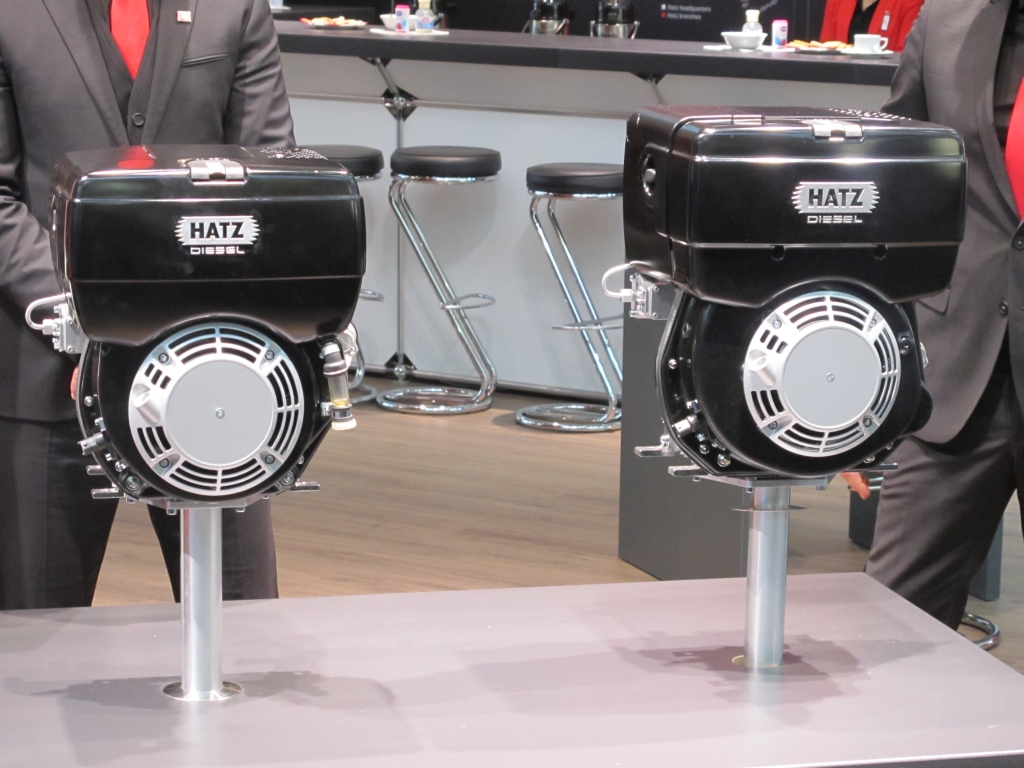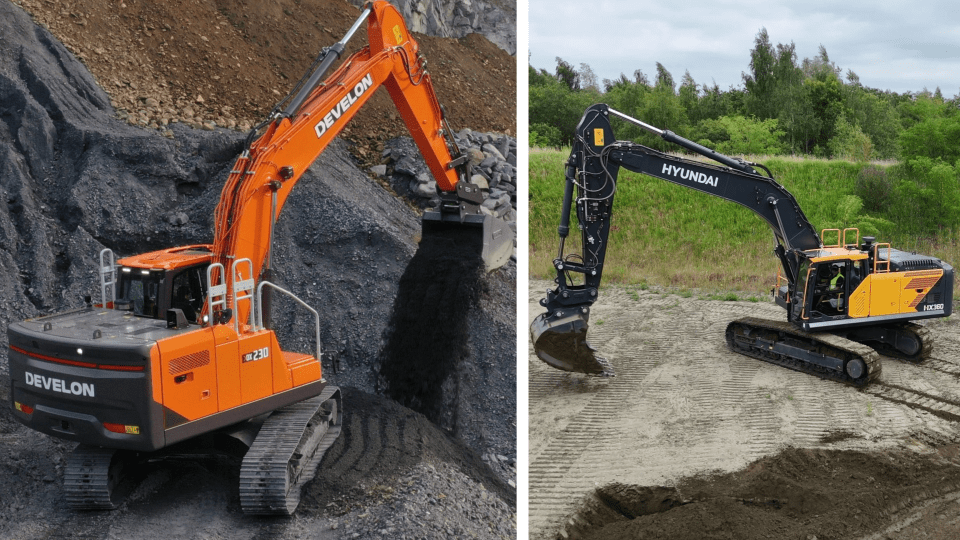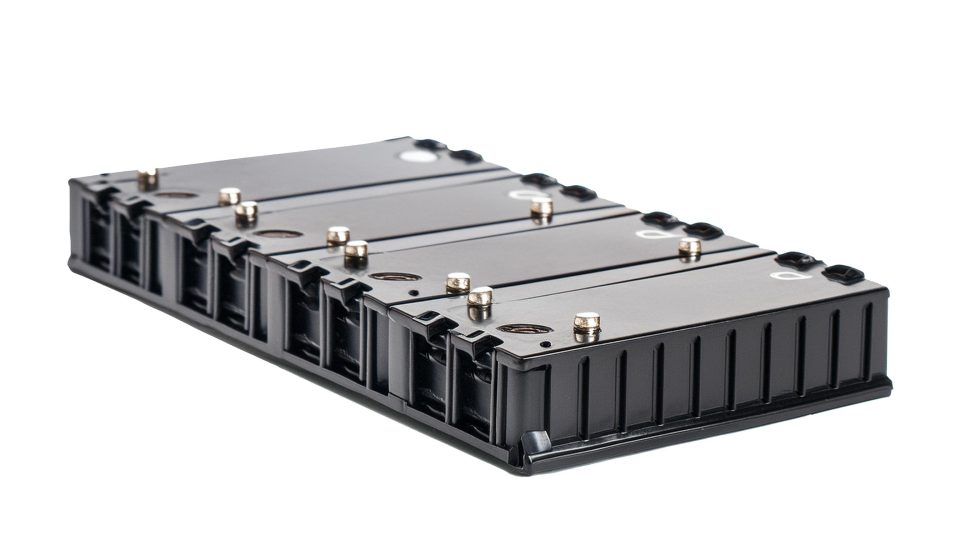Bernhard Richter-Schützeneder: present and future of Hatz single-cylinder engines
Does common rail sound like a contradiction for single-cylinder engines? Hatz refuses this paradox for single-cylinder engines with the E1 system, which relies on a completely electronic system. Bernhard Richter-Schützeneder, Director of Sales and Marketing, explained it in detail at Bauma Munich 2019. E1. What is it? With the acronym E1 we indicate a technology […]

Does common rail sound like a contradiction for single-cylinder engines?
Hatz refuses this paradox for single-cylinder engines with the E1 system, which relies on a completely electronic system. Bernhard Richter-Schützeneder, Director of Sales and Marketing, explained it in detail at Bauma Munich 2019.
E1. What is it?
With the acronym E1 we indicate a technology applied to the combustion of single cylinders. Up to 19 kW, so far, only mechanical motors were available, since the common rail is obviously adoptable on single-cylinder. We have therefore developed something similar, this is what E1 technology represents. The injection has become electronic, developed entirely from scratch. A simple and reliable system that allows us to control the engine precisely and immediately. The available powers are 4.5, 8 and 11 kilowatts.
So is there a chip to direct the operations?
It deals with the electronic control of the fuel pump and of the nebulizer, which allows to know the supply of fuel in the chamber and to keep under control all the injection and combustion parameters. With the E1 the Canbus comes into play.

What future do you see for single-cylinder models?
Some applications are growing, others falling. The most stressed applications, such as compactors, appear to be far from changing course, due to the intensive use to which they are subjected, in work environments with a lot of dust and vibrations.
We believe that the tendency to downsizing and hybridization will also be rewarding. Take, for example, the Led Hybrid concept, a lighthouse tower, located outside here. It has the 1B30E, the smallest engine on the list, 4.5 kilowatts. Thanks to the efficiency of the renewed 1B30E it satisfies the needs of the machine, which can require up to 12 kW for operation. The tower is able to benefit from the E1 technology because, unlike compactors and other applications, it works in the absence of the operator.
Before we could not know the operating conditions of the engine, how the external temperatures and altitude act, information that E1 is instead able to provide, also thanks to remote connectivity. The compact machines are also at high risk of theft. A mechanical motor is easily manipulated, which is not the case with electronic control.
Does the electronic control expose the single-cylinder engines to stress coming from, for example, vibrations?
We are able to develop the engine housing module to preserve the engine from vibrational stress.

What is the situation of the single-cylinder market?
Some applications, as anticipated, benefit from the downsizing and hybrid tendency. In several countries outside Europe, diesel is still in vogue, for example Russia and the United States. To be honest, the demand for single-cylinder engines has never been so strong, for generators, motor pumps, compaction machines (where we equip the top ten of the market), professional hydraulic pressure washers and other applications.
Does Hatz plan to go beyond the 2-liter threshold of the H series?
We focus on low-powered engines with the knowledge that the 2-liter engine can no longer be called a small engine.











